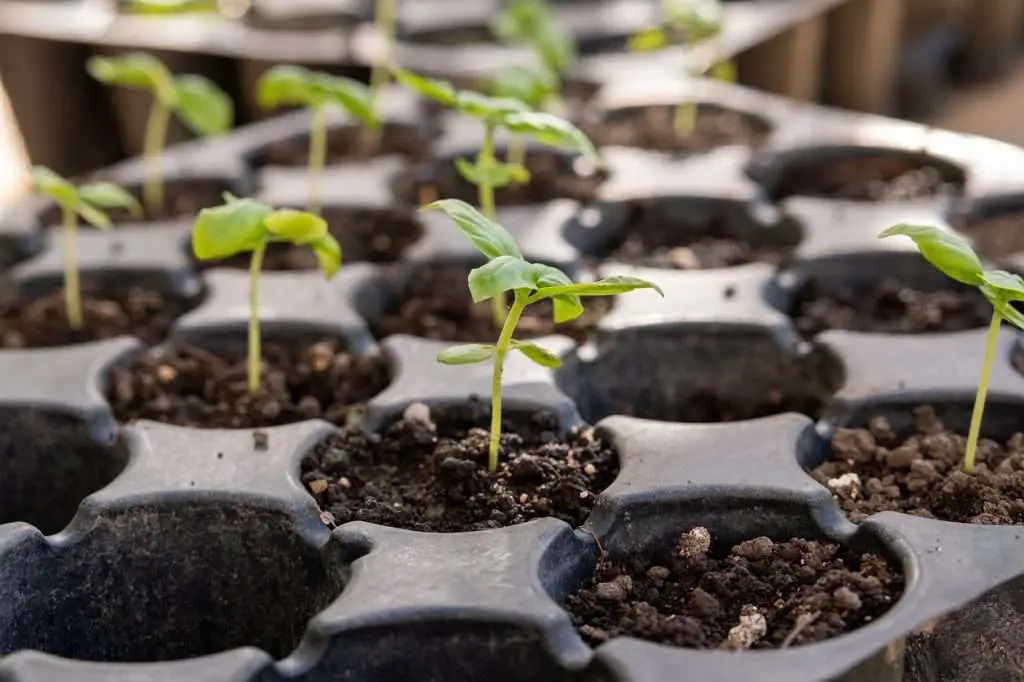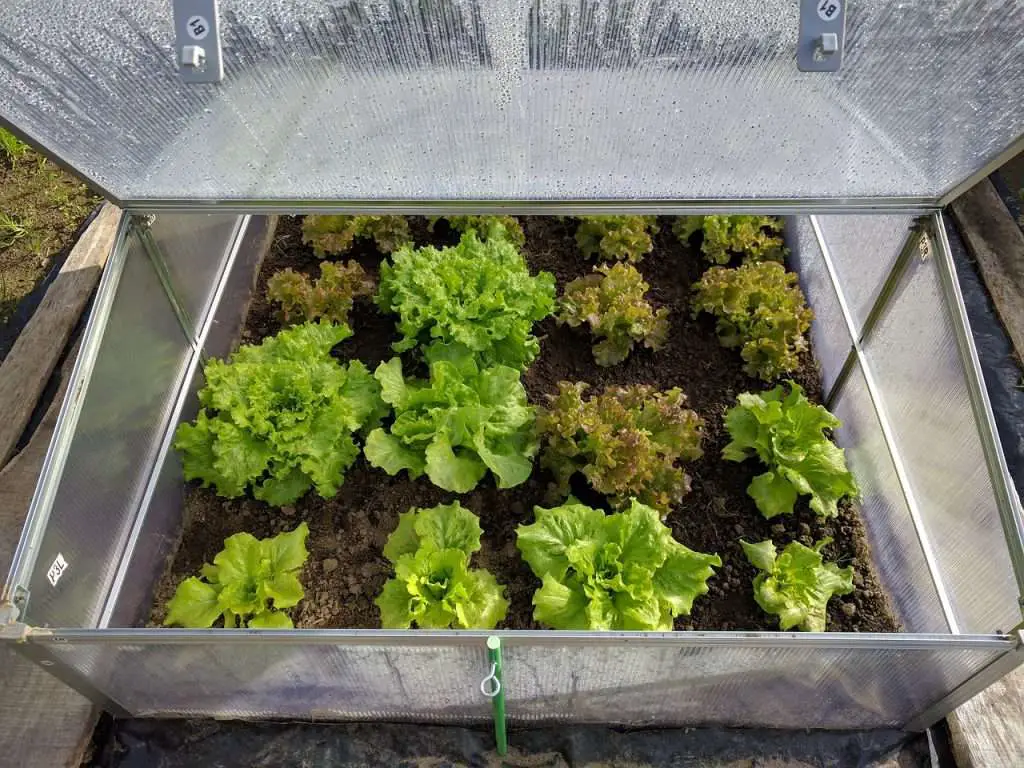How To Propagate, Clone & Grow Free Plants!
Welcome to PlantPropagation.org, a growing website devoted to exploring the many aspects of plant propagation, including information on how to turn this rewarding hobby into a profitable backyard nursery venture.
Propagation methods and topics covered include seeds, seed starting, and seed preservation, as well as cuttings, division, grafting, layering, bulbs, corms, rhizomes, offsets, runners, and more.
Plants are propagated for many reasons, including species preservation and commercial production, but for the hobby gardener, the primary reasons are food and income.

Learn How To Propagate Plants
At PlantPropagation.org, you’ll find useful DIY articles and information about cloning plants using virtually every method of plant propagation utilized by professional nursery growers. Anyone can create a multitude of new daughter plants that in most cases are virtually identical to the parent, or mother plant.
These techniques are not difficult to master, and with a little practice, you’ll be cloning virtually any plant like a professional. Topics covered at PlantPropagation.org include:
Budding
The operation of budding consists of inserting a single detached bud underneath the bark of the stock. Primarily employed in stocks of small diameter and less than a year old.
Bulbs
A bulb is a thickened, fleshy, and commonly subterranean bud, usually emitting roots from its under side. The true purpose of the bulb is to carry the plant over a poor seasonal occurrence, such as winter or an extended dry period.
Corms
A corm is a bulb-like stem that differs from a bulb by being solid, as opposed to the swollen scale leaves of the bulb. This solid portion is the base of the previous seasons flowering stem. Covered on the outside with the old bases of former leaves, a corm will have one or more buds towards the top. These contain the tiny leaves and stems which will grow after the corm is planted.
Cuttings
A cutting is a horticultural name for a piece of stem, root, rootstock, or leaf, which, if cut off and planted under suitable conditions, will form new roots and buds, reproducing the parent plant.
Division
The practice of propagating plants by lifting and separating a larger parent plant into several rooted pieces for immediate replanting as smaller individual baby plants.
Grafting
Grafting is the operation of inserting a part of one plant into a different type of plant with the intention that it shall grow and produce the inserted plant.
Layering
A layer is a stem that is made to take root while still attached to the parent plant. The subject of propagating plants by means of layers is known as layerage; the actual operation or practice is layering.
Offsets
A loosely used term for small bulbs that are produced by mature ones; for small rooted pieces of herbaceous plants which are subsequently detached and replanted; and for short runners that are terminated by plantlets.
Rhizomes
A rhizome is a stem that grows either underground or along the surface. They have tightly set scale leaves and random occasional roots, and are generally much thickened due to the storage of nutrients. Generally, they grow slowly in a horizontal direction, branching occasionally, and produce one or more flowering shoots each year which die back in the fall.
Runners
Runners are horizontal shoots that grow along the surface of the ground away from a parent plant, along which one or more baby plants will arise and naturally develop into separate plants if left to grow.
Seeds
As simple as they look, a seed is actually a complex organism that includes a seed coat (testa), one or two seed leaves, and the embryo plant. The embryo contains a primary root and a primary shoot. The end of one side of the seed was connected to the pod, near which can be found a microscopic hole where the pollen tube entered to fertilize the ovule, and through which the root will emerge once the germination process begins.
Plant Tissue Culture
Also known as micropropagation, plant tissue culture is employed to reproduce plants using plant cells or tissue samples in sterile laboratory conditions by taking advantage of the ability of plant cells, when properly cultured, to regenerate an entirely new plant, which for all intents and purposes, is identical to the source plant.

Make Money Growing Plants
Yes, you can make money growing small plants in your backyard with little to no start-up cost. Nurseries and garden centers buy plants every day they are open, and many home growers will sell directly to the consumer at farmer’s markets, roadside stands, and even their driveways! Find out how to get started now!